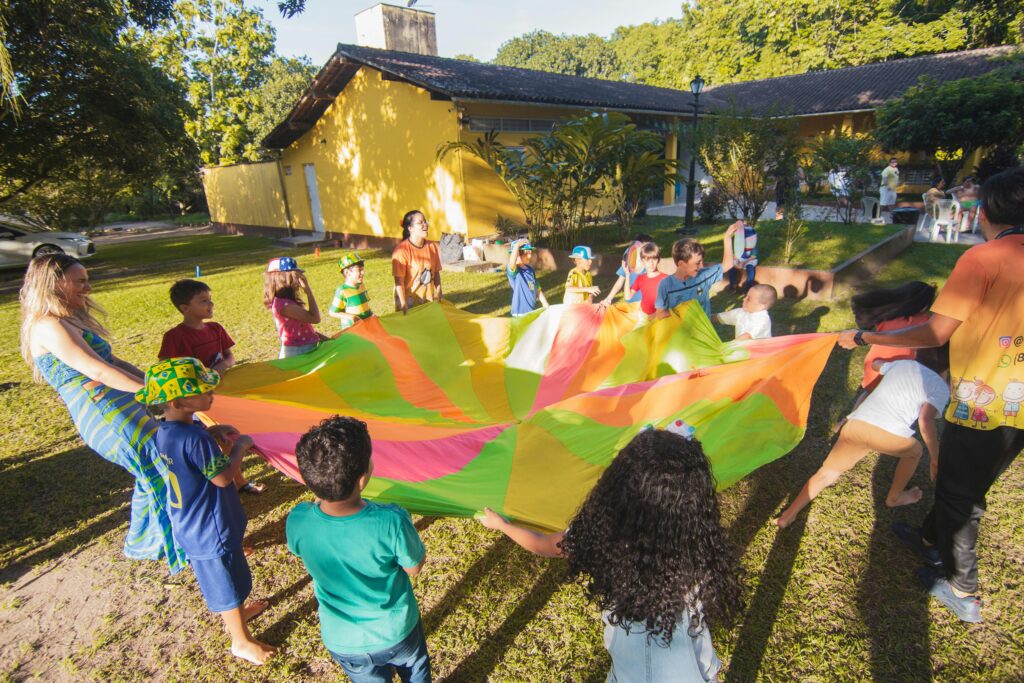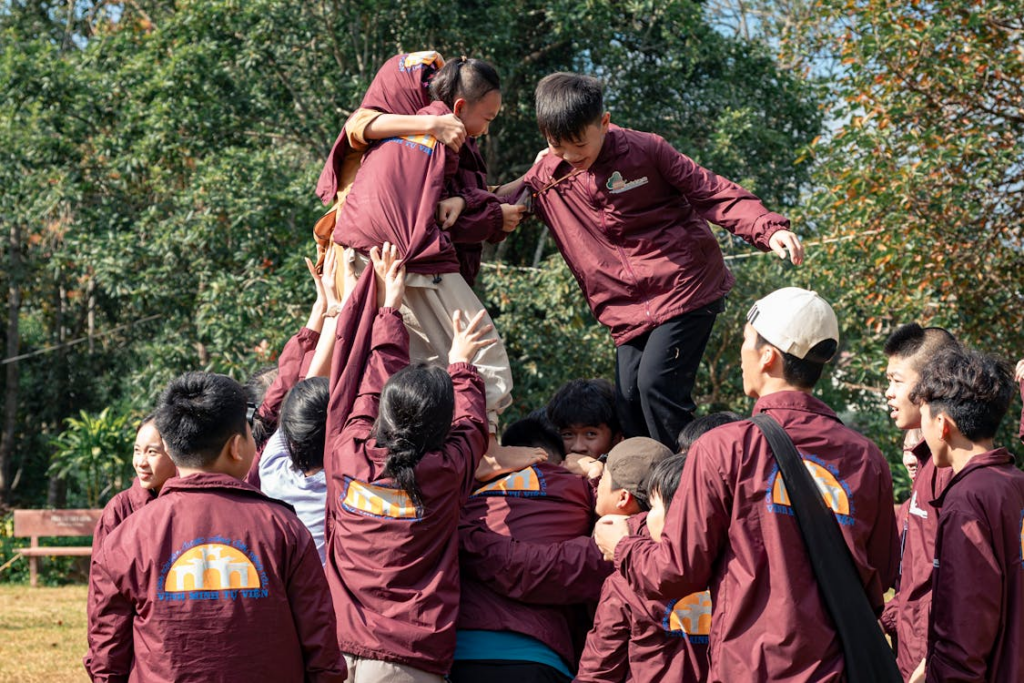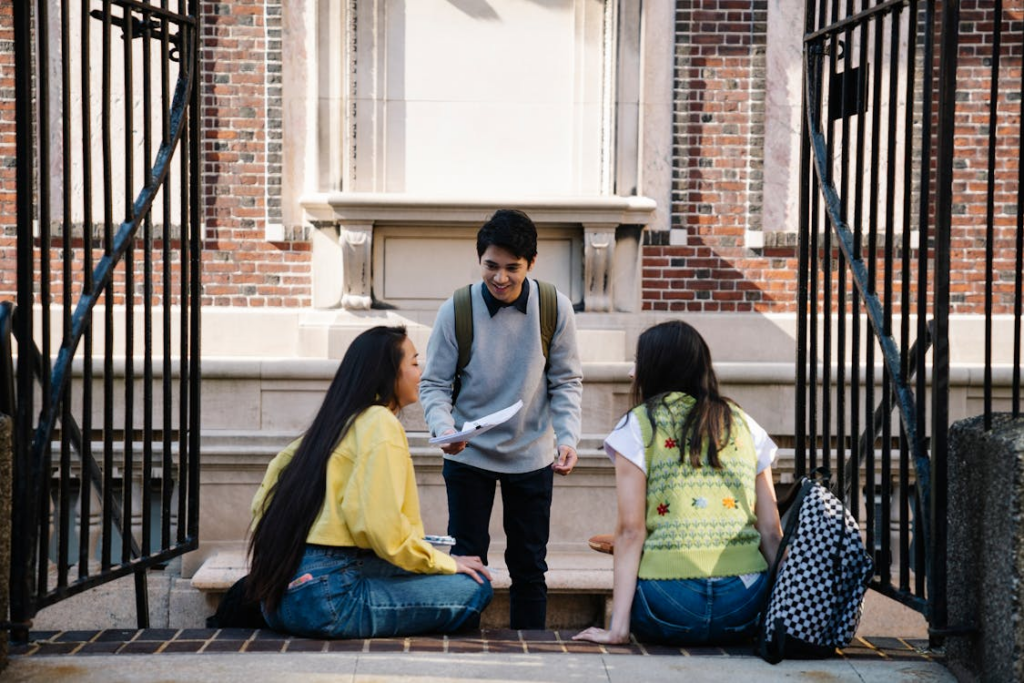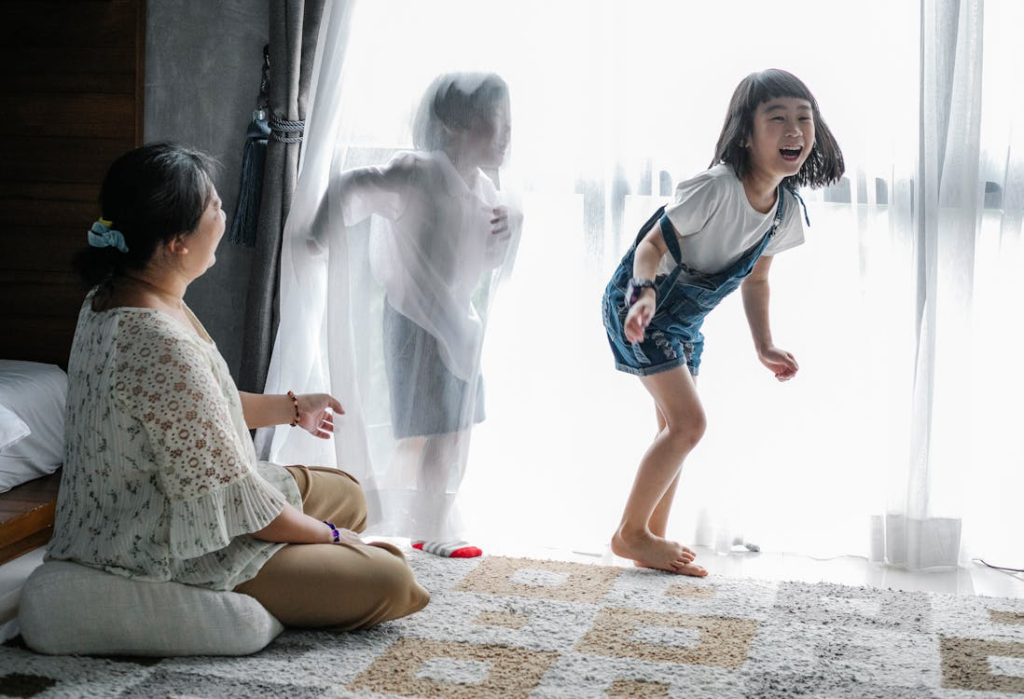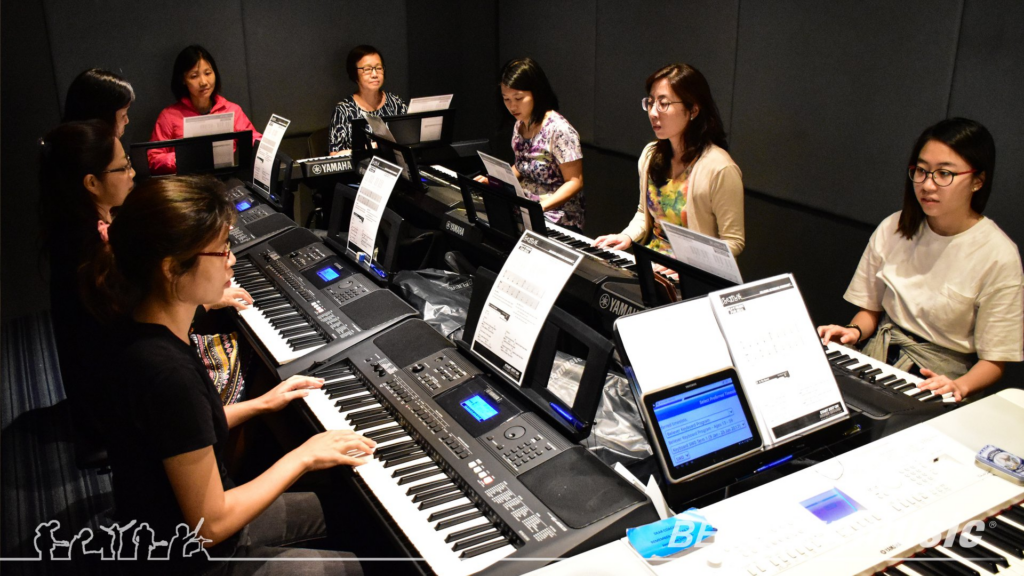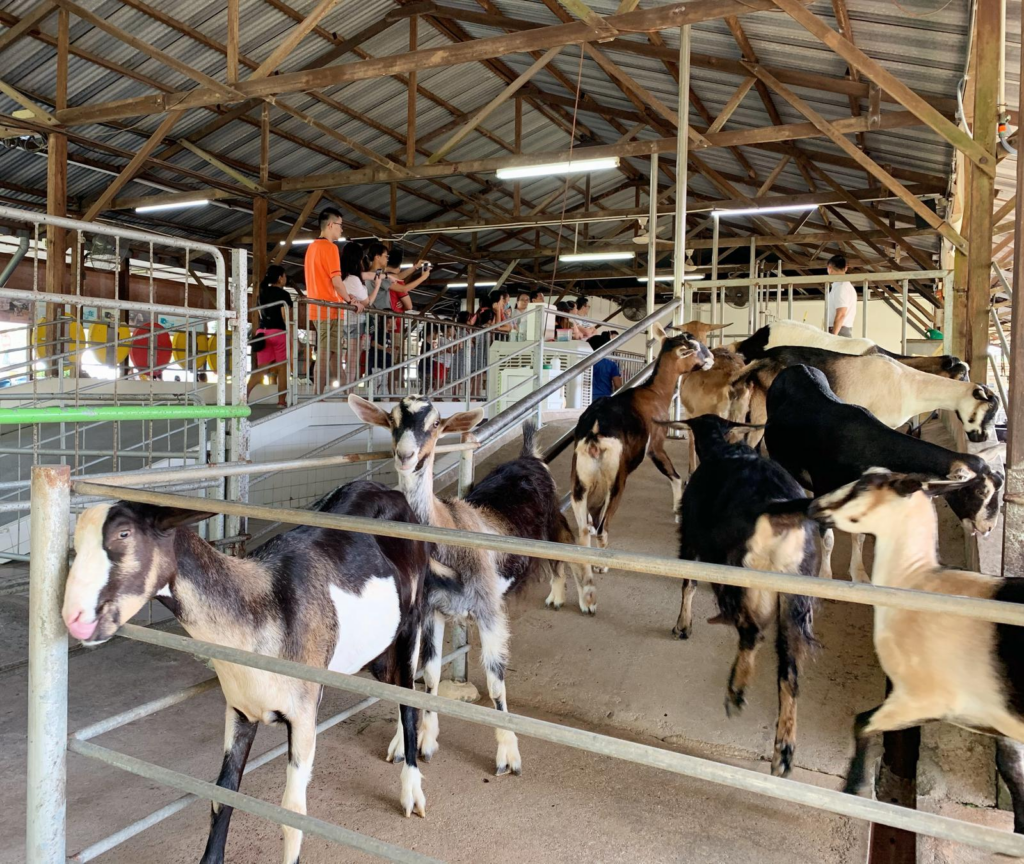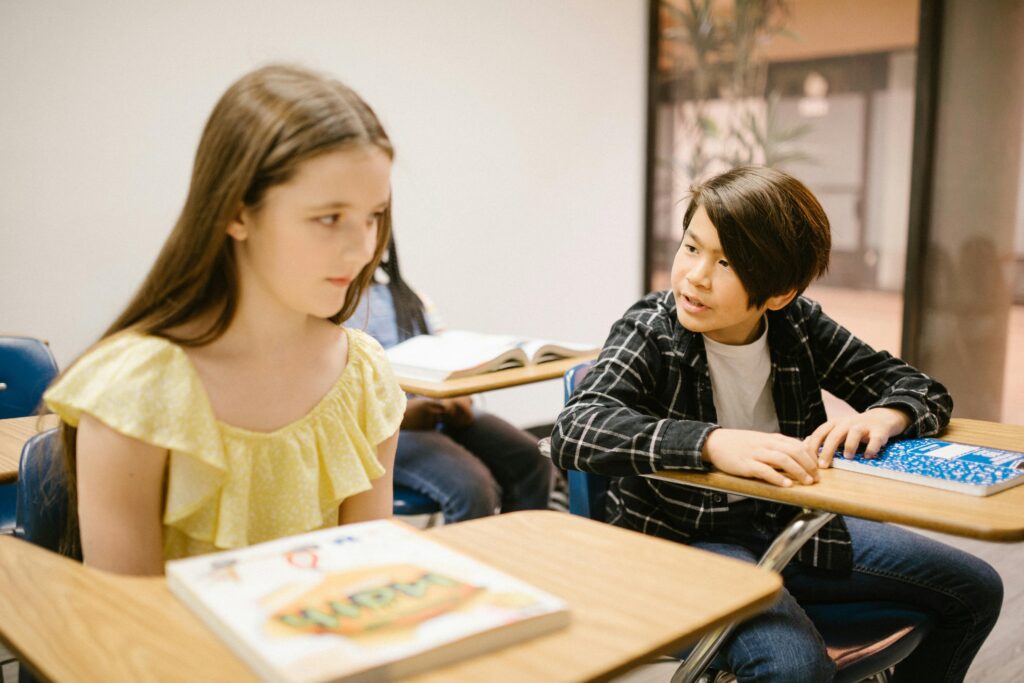"Halloween is the perfect time to gather, snack, and enjoy a night of family-friendly frights and fun."

As Halloween approaches, it’s a great time for families to gather and enjoy some spooky fun together. A lineup of family-friendly Halloween movies is the perfect way to bring everyone together for a cosy night. So, grab your favourite snacks, dim the lights, and settle in for a night filled with laughter and a few friendly frights.
The Addams Family (1991)

The Addams Family is a live-action adaptation of the beloved characters created by cartoonist Charles Addams. For fans of the animated series on Cartoon Network, this film wonderfully transforms these quirky personalities into real-life characters. Directed by Barry Sonnenfeld, this supernatural black comedy perfectly captures the eerie charm and dark humour that made the Addams family famous.
The story revolves around a man who claims to be Fester, the long-lost brother of Gomez Addams, arriving unexpectedly at the Addams family mansion. The family is thrilled to be reunited. However, Morticia Addams, Gomez’s wife, begins questioning his identity, leading to hilariously bizarre and spooky twists.
The film also boasts a stellar cast, with Christina Ricci playing the unforgettable role of Wednesday Addams. She stars alongside acclaimed actors such as Anjelica Huston as Morticia, Raul Julia as Gomez, and Christopher Lloyd as the mysterious Fester.
The Nightmare Before Christmas (1993)

The story follows Jack Skellington, the Pumpkin King of Halloweentown, who stumbles upon the enchanting Christmas Town. Captivated by the joy and wonder of the holiday, Jack becomes obsessed with bringing Christmas to his own home. However, his well-intentioned enthusiasm takes a turn when he decides to abduct Santa Claus.
Directed by Henry Selick, the film showcases a distinctive stop-motion animation style that sets it apart from typical animated features. Chris Sarandon provides the voice for Jack Skellington, while Danny Elfman lends his vocal talents for Jack’s singing moments, and Catherine O’Hara as Sally, Jack’s love interest.
Ghostbusters (1984)

Ghostbusters is a classic that has left an indelible mark on pop culture, and you’ve likely heard its iconic theme song, “Who you gonna call? Ghostbusters!” Directed by Ivan Reitman, this film blends humour with supernatural elements.
The story follows three eccentric parapsychologists—Peter Venkman, Ray Stantz, and Egon Spengler—portrayed by Bill Murray, Dan Aykroyd, and Harold Ramis. These quirky characters decide to take matters into their own hands by starting a ghost-catching business in New York City.
Ghostbusters quickly became a phenomenon upon its release, influencing the comedy genre for years to come. It is often regarded as one of the first blockbuster films that successfully blended comedy, science fiction, horror, and thrills, paving the way for countless movies that followed. The cultural impact of the film was so significant that Halloween of 1984 saw a surge of children dressing up as the beloved Ghostbusters, further cementing its status as a Halloween favourite.
Coraline (2009)

Coraline is an American stop-motion animated dark fantasy horror film directed by Henry Selick. This captivating movie is based on the 2002 novella of the same name by Neil Gaiman. The voice cast features Dakota Fanning as Coraline, along with other voice actors such as Teri Hatcher, John Hodgman, and Ian McShane.
The film is about an adventurous girl named Coraline who, after moving into her new home, discovers a secret door. Behind this door lies a parallel world that appears to be far more interesting than her own. However, as Coraline explores this alternate reality, she uncovers sinister secrets that lurk beneath its charming surface, transforming her journey into a thrilling adventure.
E.T. the Extra-Terrestrial (1982)

The classic scene of E.T. trick-or-treating in a blonde wig, hat, and dress is truly unforgettable, making it a standout moment in Halloween lore. At the heart of the story is E.T., a gentle alien stranded on Earth. He forms a deep bond with a young boy named Elliott, who introduces him to his brother and sister. Together, they embrace E.T. as part of their family and embark on an adventure filled with excitement and discovery as they help him find a way back home.
Directed by the legendary Steven Spielberg, the cast features actors like Henry Thomas as Elliott, a young Drew Barrymore as his sister Gertie, and Robert MacNaughton as their brother Michael.
With its wholesome story that evokes both laughter and tears, E.T. is perfect for family movie nights. It offers a timeless tale of friendship that transcends age, making it an excellent choice for Halloween or any occasion when you want to share a heartwarming story with your loved ones.
Hotel Transylvania (2012)

What if there was a hotel just for monsters? This animated film gives us that answer with a creative story and lots of laughs!
The movie centres around Count Dracula, the hotel owner, voiced by Adam Sandler, who encounters a tough challenge when his daughter, Mavis, voiced by Selena Gomez, falls in love with a young human named Johnny, voiced by Andy Samberg. When Johnny sneaks into the hotel, he brings a wave of excitement and mayhem to Dracula’s orderly life. As Dracula and his monster friends do their best to keep the hotel secure while dealing with Mavis’s new boyfriend, they find themselves in some pretty hilarious situations!
Directed by Genndy Tartakovsky, Hotel Transylvania is a hilarious comedy filled with heartwarming scenes. It’s a great choice for celebrating Halloween with joy and laughter. With its funny jokes and colourful animation, this movie is perfect for family movie night.
Casper (1995)

What if a ghost could be friendly instead of frightening? Meet Casper, a gentle and kind-hearted ghost who peacefully haunts an old mansion in Maine. Unlike typical spooky spirits, Casper has a warm, inviting nature and is always eager to make friends instead of frightening anyone away.
The plot thickens when James Harvey, a ghost therapist, arrives at the mansion with the goal of communicating with Casper and his fellow spirits. He brings along his teenage daughter, Kat, who quickly captures Casper’s affection. Their budding friendship creates a sweet and engaging storyline, showcasing the challenges of love and acceptance that transcend the barriers of the living and the dead.
The film features the voice of Malachi Pearson as Casper, alongside a cast that includes Christina Ricci as Kat and Bill Pullman as James Harvey. Directed by Brad Silberling, Casper successfully blends comedy and heartfelt moments. Additionally, the lovable character of Casper has appeared in a cartoon television series, further solidifying his place in popular culture.
Miss Peregrine’s Home for Peculiar Children (2016)

Based on the novel by Ransom Riggs, this fantasy movie is directed by Tim Burton. It features many famous cast members, including Eva Green, Samuel L. Jackson, Judi Dench, and Asa Butterfield.
The story follows Jake, a young boy who discovers a magical place called Miss Peregrine’s School for Peculiar Children after the passing of his beloved grandfather. As he explores this extraordinary school, Jake uncovers secrets about the peculiar children who inhabit it, each possessing their unique abilities. However, danger lurks around every corner as he learns about the terrifying enemies that threaten their existence.
Corpse Bride (2005)

Corpse Bride is a visually stunning stop-motion animated film, known for its unique style and gothic story, directed by Tim Burton and Mike Johnson.
The story follows a shy young man who accidentally brings a deceased woman back to life while practising his wedding vows near her grave. This unexpected twist leads to a series of comedic and dramatic events when the Corpse Bride mistakenly believes that he is now married to her. As the young man navigates the complexities of this supernatural situation, he must also confront his feelings and find a way to resolve the mix-up.
The film features a cast, including Johnny Depp, Helena Bonham Carter, and Emily Watson. Danny Elfman provides the music, adding an additional layer of magic to the film’s atmosphere.
Monster House (2006)

The plot of Monster House revolves around a neighbourhood haunted by a sentient house that terrorises its residents on Halloween. As strange events unfold, the warnings from the children about the house’s dangers are largely ignored by the adults in the community. Determined to protect the younger kids from this sinister dwelling, a brave trio of friends embark on a thrilling adventure to uncover the mystery behind the haunted house.
Featuring a voice cast that includes Mitchel Musso, Sam Lerner, Steve Buscemi, and Maggie Gyllenhaal, Monster House marks Gil Kenan’s directorial debut in the world of animated films.
There you have it—our recommended Halloween movies that you can enjoy this season. Each film brings its own captivating story, from enchanting adventures and spooky encounters to heartwarming tales of family and friendship. While these movies are entertaining, it’s important to remember to seek parental guidance.
If you’re looking for more recommended movies, check out ‘80s Movies to Watch with Your Teen on Movie Night’ and ‘The Best Biographical Films to Motivate and Inspire Your Teens.’






























